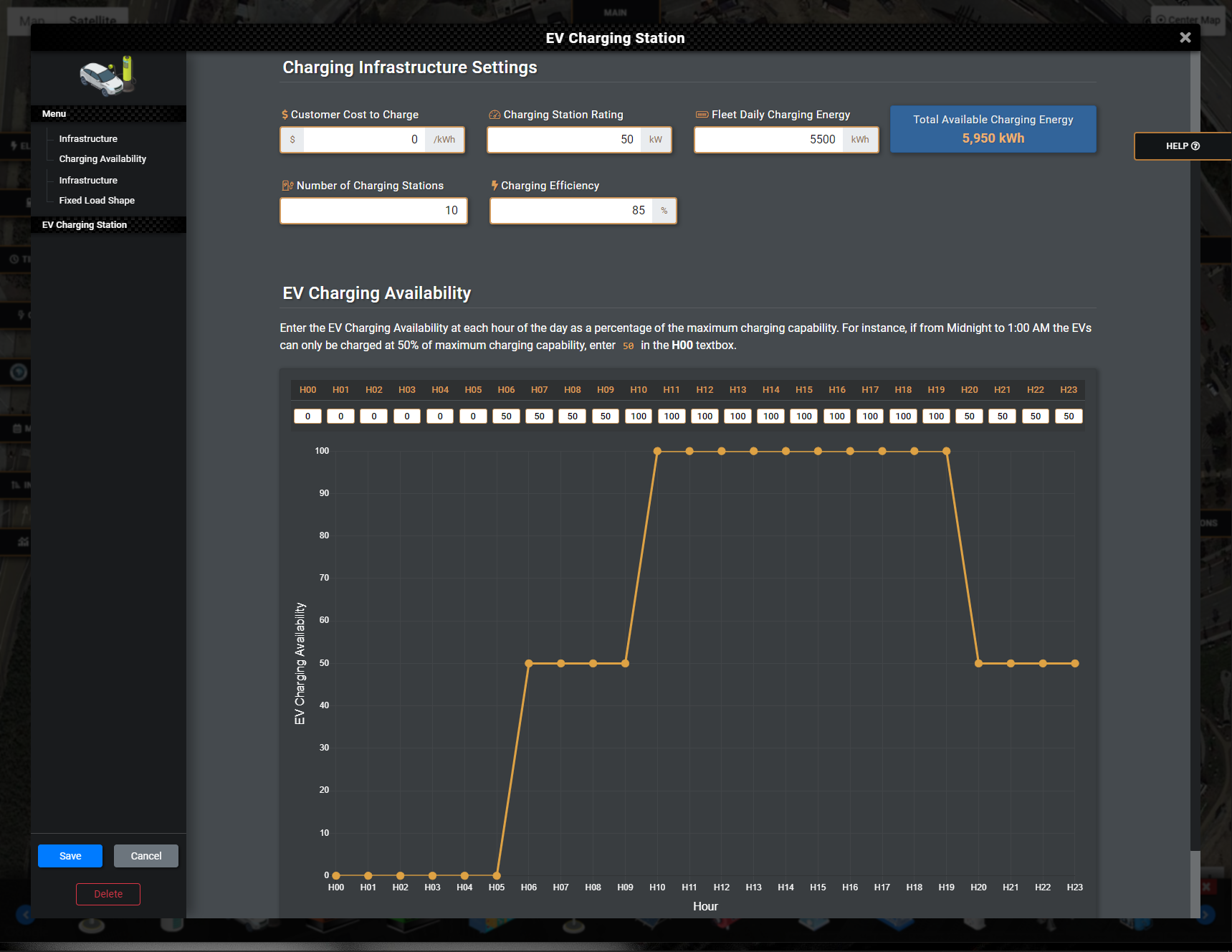Microgrid Fast Charging Station Design & Operation Software Passes Key EV Charging Test
By some estimates, the global electric truck market size is projected to reach $1.9 billion by 2027. But what is the plan for getting ultra-fast charging solutions and infrastructure deployed for all these light, medium, and heavy-duty electric semi trucks that are going to hit our road-ways?
This is a serious challenge. In fact, it’s a global problem, with country-after-country struggling to figure out the best way to support the infrastructure needed to rapidly charge electric semi trucks. Moreover, it’s not just the commercial trucking sector; more and more pick-up trucks are going electric, too, with large capacity batteries that can take several hours to charge.
The challenge of designing the needed infrastructure is multi-faceted, complex, and not limited to charging times. Some of the challenges include:
- The need for expanded charging infrastructure to make long-distance trips that will require multiple stops for charging.
- Maximizing the use of renewable energy to power electric vehicles, and eliminating charging from high-carbon grids.
- The lack of power generation capacity or availability from the local power grid.
- Charging pricing needs normalization and stability. Today, for example, charging fees for an EV can fluctuate up to 350% depending on when, where and how fast an EV is charged.
In addition to all that, one has to consider the financial equation for the owners of charging stations, both those that are grid connected and those that are islanded. Zach discussed all the basics of these charging stations and their bankability issues in a previous post, so I won’t belabor the point here, but suffice to say, you want the least possible friction between the electrical engineers building the microgrid, the finance team, the owner of the charging station, the installers, etc.
So…what if you could optimize all the outcomes at once?
Xendee Corporation recently completed a feasibility study with the Idaho National Laboratory (INL), showing the technical and economic feasibility of building out these stations to optimize for all the challenges. If you’d like to read the full report, here’s the PDF. Build-outs and management can be conducted using Xendee’s software, at scale — meaning a rapid build-out of charging stations for a variety of uses — heavy trucking, microgrid, or grid connected, with variability in building energy use, with as much renewable energy as possible, and economically viable.
What XENDEE’s Software Does
XENDEE offers a software that is a microgrid design and decisions support platform. According to the company, it was built to streamline the design process, bring optimal investment strategies, and operate the lowest cost, most resilient and highest ROI electrical networks.
The study with INL showed that the company has the capability to simultaneously address many factors, including:
- Lowest cost technology mix for fast charging for fleets of EV and electric semi trucks; optimal capacities for photovoltaic (PV), electric storage, generators, Combined Heat and Power (CHP), etc.; the net present value (NPV) or the return on investment (ROI) for the project including the EV fleet loads.
- Optimal operation of the system to minimize costs or maximize the revenues.
- Optimal charging and discharging of the electric storage and EV fleet to minimize overall costs.
- Optimized management of EV fleet charging times.
- Optimal placement of FCS and local generation resources to mitigate bottlenecks in the utility system.
- Impact of grid outages on the EV charging and costs/oversizing of equipment.
- Sales of excess energy back to the utility or revenues from providing Ancillary Services.
- Proper electrical engineering for cables and transformers.
The beauty is that this can be done for both islanded and grid-connected systems. According to the report, “this flexibility offers vast opportunities for wide scale integration of renewable energy generation at fast charging stations and is backed by optimized Microgrid design, dispatch, and investment decision support.”
Figuring out the costs of building and maintaining the system, as well as powering it, isn’t simple addition and subtraction. Other questions include grid reliability, and whether the entity is willing to pay a premium for better reliability than the grid can supply. For critical equipment, like that which you’d find at a hospital, even occasional outages aren’t acceptable. For many other industries, the extra cost of redundancy might not be worth it to them. Similarly, some entities will be willing to pay a little more to lower their carbon footprints, while others are happy with what the grid currently supplies.

On top of all this is future-proofing. Are carbon taxes coming? Clients will want to be ready for that ahead of time. Also, a client’s growth expectations are worth considering, so that a complete system rebuild isn’t needed when things change.
XENDEE’s software collects all of this information and allows a microgrid designer to make sure everything is done right from the start. Here’s a short video explaining what it does:
As Zach said: “I have not seen a comparably compelling platform in my years of covering this sector.”
As mentioned earlier in this article, XENDEE gave us a lot of details about the installations, which some readers may find interesting, so feel free to download a PDF with all of the deep information here.
***
Read more about Microgrids here.
This article is supported by XENDEE.
Have a tip for CleanTechnica? Want to advertise? Want to suggest a guest for our CleanTech Talk podcast? Contact us here.
Latest CleanTechnica.TV Video

CleanTechnica uses affiliate links. See our policy here.

